How to start my own fish farm?
Struggling to turn your passion for fish into a real business? You see the growing demand for seafood but don't know where to begin. Starting a fish farm seems complex and risky.
Starting your own fish farm involves selecting an easy-to-farm species like tilapia, securing a suitable location, and investing in essential equipment like tanks and water systems. Begin small, focus on water quality management, and gradually scale your operations as you gain experience and understand market demands.
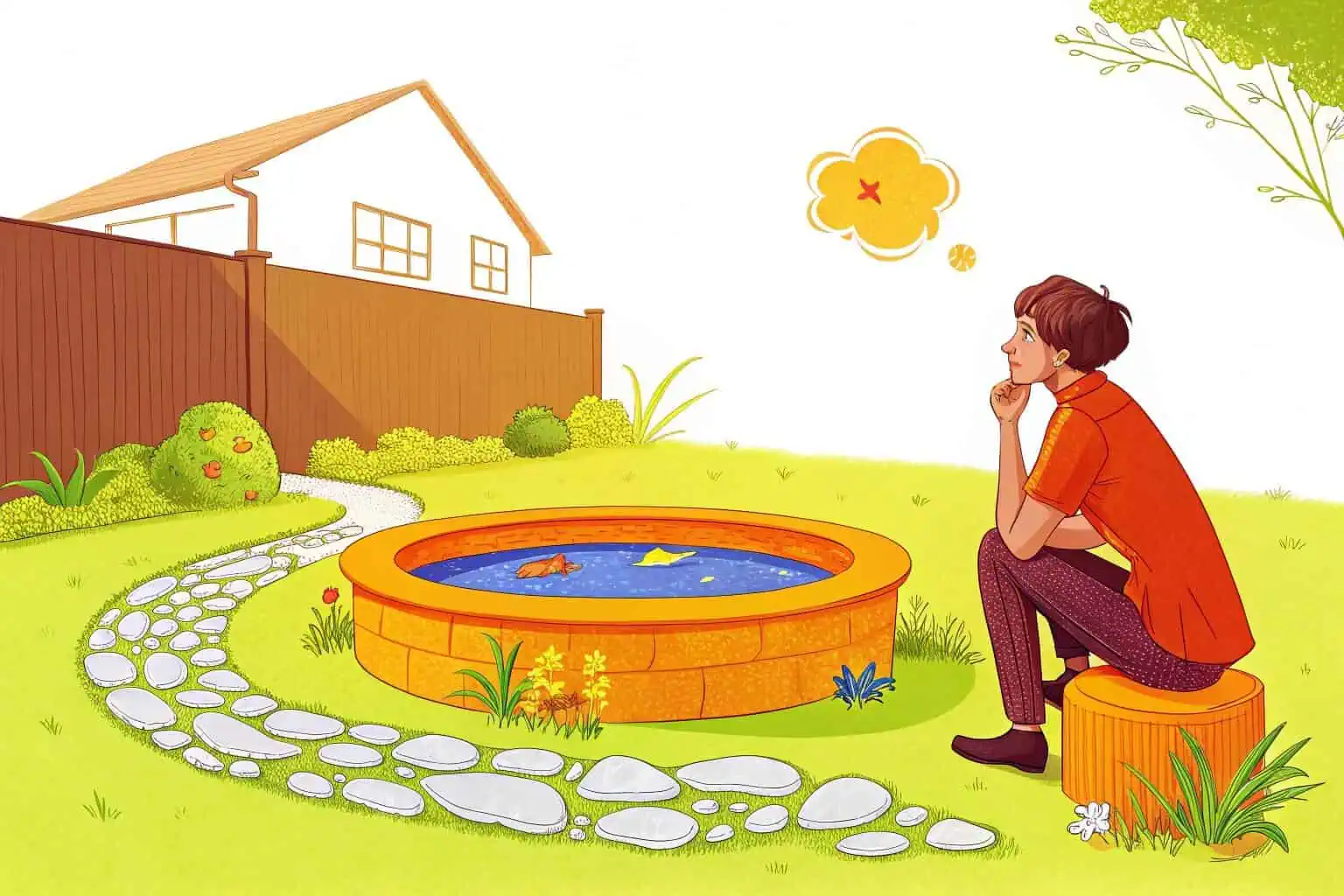
I've been in the aquaculture world for years, and I get these questions all the time. People are drawn to fish farming for the potential profits and the chance to build something of their own. But they often get stuck on the first step. Let's break down what it really takes to get started, based on my own journey of trial and error. This guide will walk you through the essential questions you need to answer before you dive in.
How much does it cost to start a fish farm?
Worried that starting a fish farm requires a massive investment? You hear stories of high-tech facilities and assume it's out of reach. This fear of cost can stop a great idea dead.
The cost to start a small-scale fish farm can range from a few thousand to over ten thousand dollars. Key expenses include land, permits, fish tanks, fingerlings, feed, and water management systems. Starting with a simple, scalable setup like our collapsible tanks helps manage initial investment.
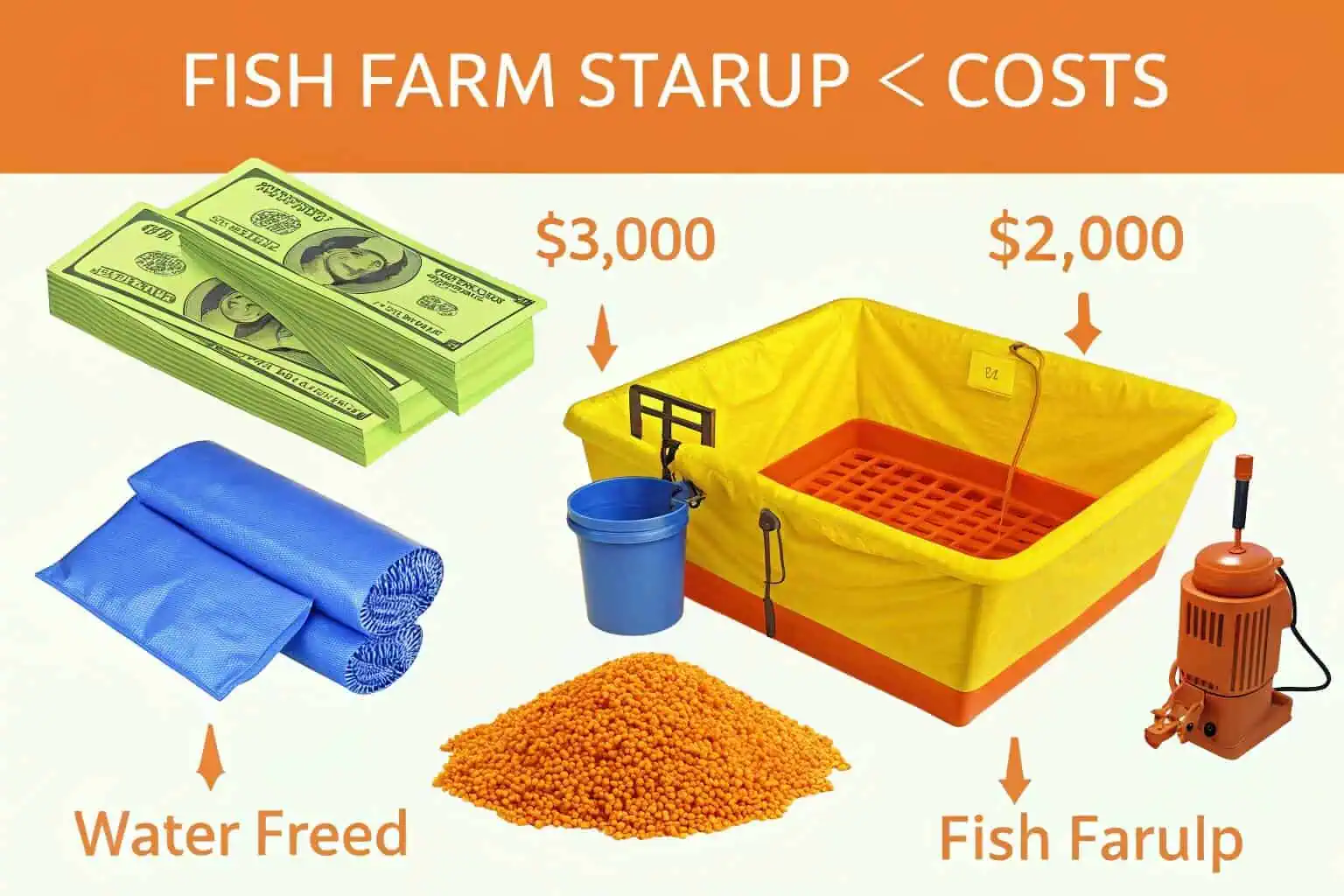
When I first started, I was obsessed with the numbers. The initial outlay can seem daunting, but it's all about smart choices. You don't need a state-of-the-art facility from day one. My advice is to focus your budget on what truly matters: healthy fish1 and stable water conditions2. Let's look at where your money will go.
Initial Investment Breakdown
The biggest costs are usually the land and the infrastructure. If you already have land, you're a step ahead. If not, leasing can be a good option. The next major expense is the housing for your fish. While concrete ponds are traditional, I've found that high-quality collapsible fish tanks3 offer incredible flexibility and are much more affordable to set up. They are perfect for beginners who need to test the waters without a huge commitment. For example, a basic setup with a few of our Bancy collapsible tanks can get you started for a fraction of the cost of a permanent installation.
Operational Costs
Beyond the initial setup, you have to think about the day-to-day expenses. Fish feed will be your most significant recurring cost. Water and electricity for pumps and filters are also major factors. Here’s a simplified table to give you an idea:
| Expense Category | Estimated Cost (Small Scale) | Notes |
|---|---|---|
| Infrastructure | $2,000 - $8,000 | Tanks, pumps, filters. Varies with scale. |
| Fingerlings4 | $500 - $1,500 | Depends on species and quantity. |
| Feed (First Cycle) | $1,000 - $3,000 | Your largest ongoing expense. |
| Permits & Licenses5 | $200 - $1,000 | Varies greatly by location. |
| Miscellaneous | $500 - $1,500 | Water testing kits, nets, unforeseen issues. |
Starting small is the key. It allows you to learn the ropes and make mistakes on a scale that won't break the bank. As you grow, you can reinvest your profits into expanding your operation.
Which fish is easiest to farm?
Feeling overwhelmed by the sheer number of fish species you could raise? Choosing the wrong one can lead to slow growth, disease, and financial loss. You need a fish that is forgiving for beginners.
Tilapia is widely considered the easiest fish to farm, especially for beginners. They are incredibly hardy, grow fast, and can tolerate a wide range of water conditions. Catfish are another excellent choice, known for their resilience and simple dietary needs, making them highly profitable.
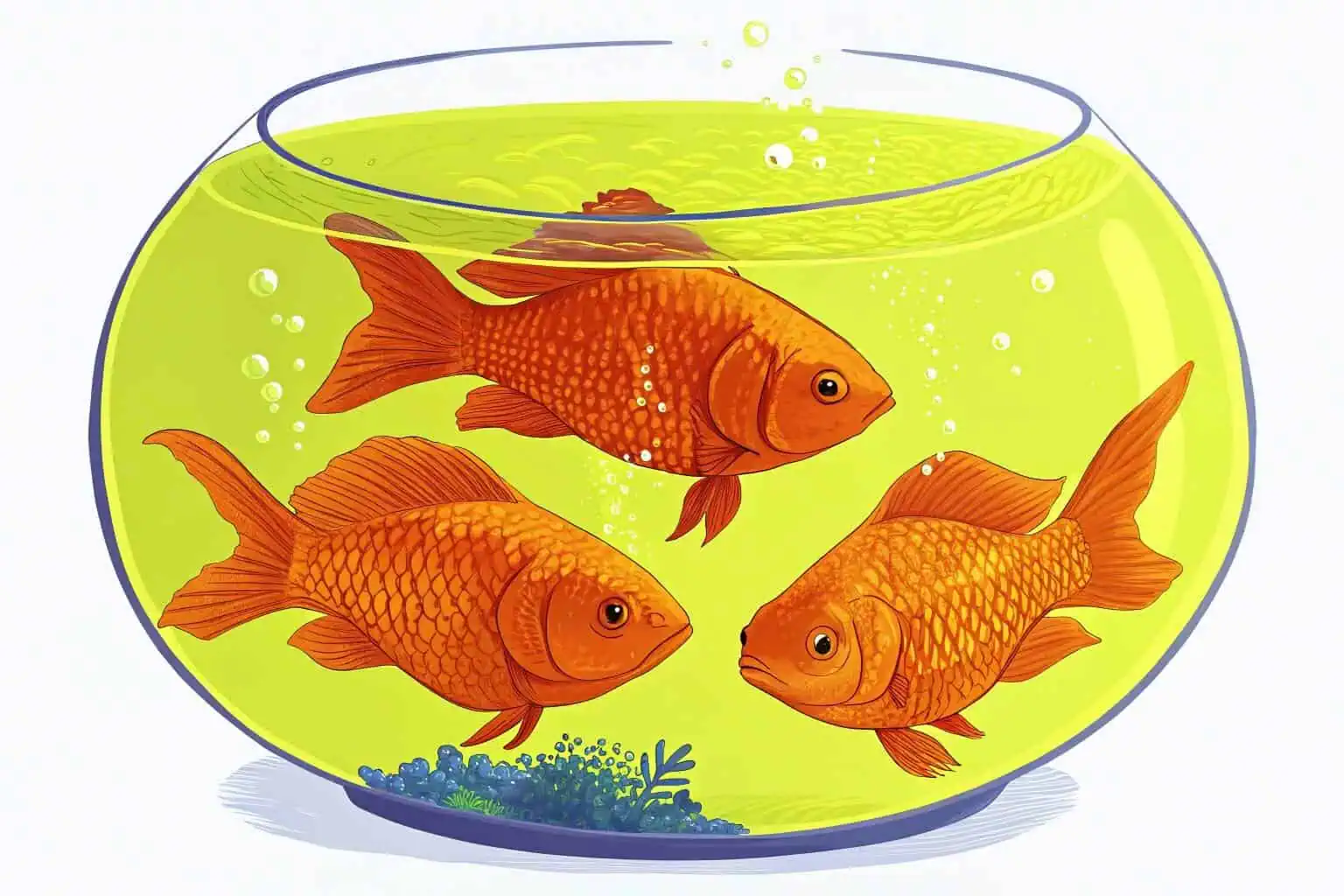
I can't tell you how many aspiring farmers I've seen fail because they chose a difficult species. They were lured by the high market price of a certain fish6 without understanding the work involved. My first success came with tilapia7, and I always recommend them to newcomers. Their resilience gave me the confidence I needed. Let's explore why certain fish are better for starting out.
Top Choices for Beginners
When you're just starting, you want a fish that can handle your learning curve. You're going to make mistakes with water quality and feeding schedules. That's why hardy species are your best friends. Tilapia, for instance, are often called the "aquatic chicken" because they grow quickly and are not picky eaters. They thrive in various systems, from simple ponds to more intensive tank cultures. Our collapsible plastic fish tanks8 are a perfect environment for them, providing a controlled space that's easy to manage.
Comparing Beginner-Friendly Fish
Catfish are another fantastic option. They are tough and can handle lower oxygen levels than many other species. They also have a well-established market in many regions. The choice between tilapia and catfish often comes down to your local climate and market demand. Here’s a quick comparison to help you decide:
| Feature | Tilapia | Catfish |
|---|---|---|
| Hardiness | Very High | High |
| Growth Rate9 | Fast (4-6 months) | Moderate (6-8 months) |
| Diet | Omnivorous (eats plants/algae) | Carnivorous (prefers protein feed) |
| Water Tolerance | Wide range of temperatures/quality | Tolerates low oxygen |
| Market10 | Strong global demand | Strong regional demand |
Ultimately, research your local market. Talk to restaurants and fish sellers. Find out what people are buying. Choosing a fish that is both easy to raise and easy to sell is the formula for a successful start.
What is the major problem in fish farming?
Think fish farming is just about feeding fish and watching them grow? The reality is that unexpected problems can wipe out your entire stock. Disease and poor water quality are silent killers in this business.
The single biggest problem in fish farming is managing water quality and preventing disease. Poor water conditions stress fish, making them highly susceptible to bacterial, fungal, and parasitic infections that can spread rapidly and cause catastrophic losses. Consistent monitoring and management are crucial for survival.
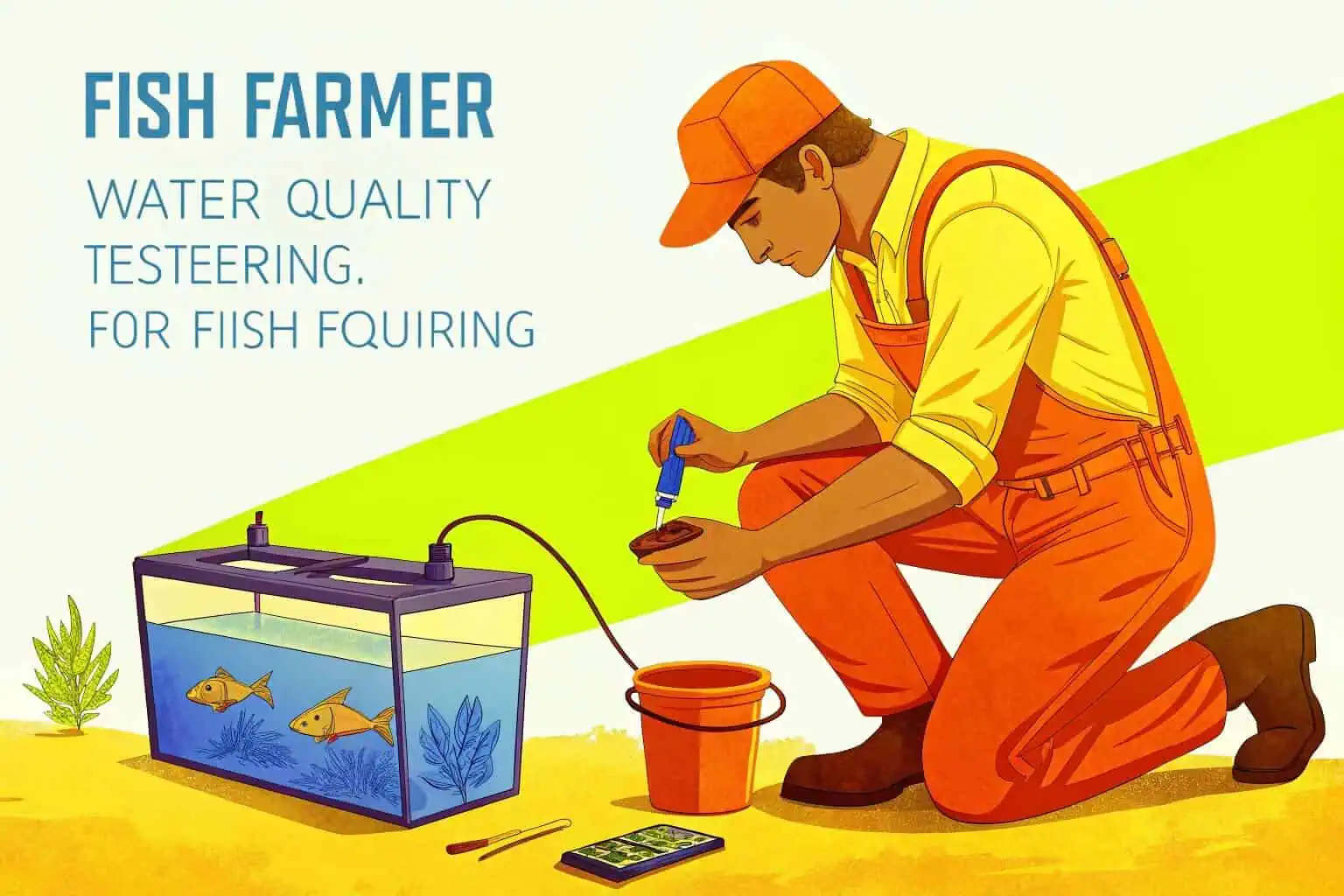
I learned this lesson the hard way. Early on, I lost nearly half my stock overnight because of an ammonia spike11 I didn't catch in time. It was a devastating but invaluable lesson. You are not just a fish farmer; you are a water manager. The health of your water directly translates to the health of your fish and your business. Let's dive into how to tackle these challenges head-on.
The Battle for Water Quality
Fish live, eat, and produce waste in the same water. This waste, primarily ammonia, is toxic. Your job is to create an ecosystem where this waste is managed. This involves two key things: filtration and water changes. A good filtration system12 will help convert toxic ammonia13 into less harmful nitrates. Regular water testing is non-negotiable. You need to be checking pH, ammonia, nitrite, and nitrate levels weekly, if not more often. In our Bancy tank systems, the controlled environment makes this much easier than in a large, earthen pond. You have full control over the water volume, making adjustments and water changes more efficient.
Disease Prevention is Key
Once disease takes hold, it's incredibly difficult to stop. The best strategy is always prevention. This starts with sourcing healthy, disease-free fingerlings from a reputable hatchery. Don't overcrowd your tanks, as this is a major stressor that weakens fish immune systems. A stressed fish is a target for disease. Also, be meticulous about biosecurity14. Use separate nets and equipment for different tanks, and be careful about what you introduce into your system. A simple foot bath at the entrance to your farm can prevent a world of trouble. It’s these small, consistent habits that separate the successful farmers from the ones who fail.
| Aspect | Key Action | Benefit |
|---|---|---|
| Disease Control | Prevention | Best strategy, hard to stop disease |
| Stock Sourcing | Use healthy fingerlings15 | From reputable hatchery |
| Tank Management | Avoid overcrowding | Reduces stress, improves fish health |
| Biosecurity | Be meticulous | Prevents pathogen introduction |
| Farm Habits | Small, consistent actions | Essential for successful farming |
How much money does a fish farmer make?
Dreaming of the profits but unsure what's realistic? You see the demand for fish, but you don't know how that translates into actual income. The fear of not making enough money is a valid concern.
A fish farmer's income varies widely based on scale, species, and market prices, but a small-scale farmer can potentially make anywhere from $5,000 to over $50,000 annually. Profitability depends heavily on managing operational costs, especially feed, and achieving high survival rates.
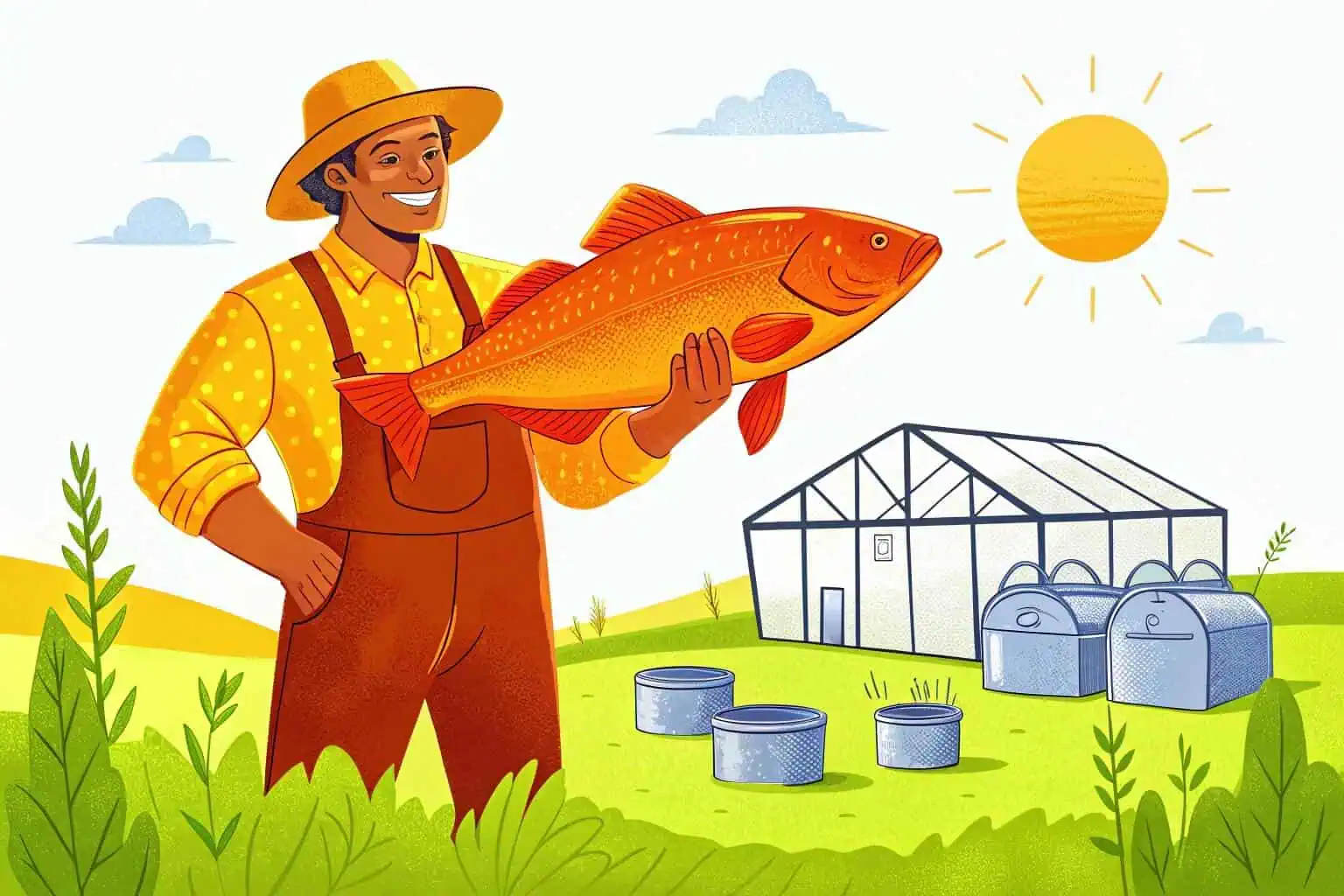
When people ask me this, I tell them it's not a get-rich-quick scheme16. It takes hard work, patience, and a bit of business savvy. My first few years were about reinvesting everything back into the farm. The real money comes when you scale up and get your processes dialed in. Profit isn't just about how many fish you sell; it's about how efficiently you can raise them17. Let's break down the potential for profit.
Understanding Your Profit Margins
Your profit is the selling price minus your cost of production. As we discussed, feed is the biggest cost. The key to profitability is achieving a good Feed Conversion Ratio (FCR)18. This measures how much feed it takes to produce one kilogram of fish. For tilapia, a good FCR is around 1.5. This means 1.5 kg of feed produces 1 kg of fish. The lower your FCR, the higher your profit. This is achieved through high-quality feed and optimal water conditions, which encourage efficient growth.
Scaling for Success
Starting small is smart, but the real income potential is in scaling. Once you have a proven system with one or two tanks, you can add more. This is where the flexibility of our galvanized pipe or sheet fish tanks19 really shines. You can expand your capacity incrementally without a massive capital investment. Selling directly to consumers or local restaurants can also dramatically increase your profit margins by cutting out the middleman. Building a brand around fresh, locally-grown fish can create a loyal customer base that is willing to pay a premium. The path to a six-figure income is possible, but it's built one successful harvest at a time.
| Growth Strategy | Key Action | Benefit |
|---|---|---|
| Scaling | Add more tanks | Increase income potential |
| Tank Flexibility | Use galvanized pipe/sheet tanks | Incremental expansion, lower capital investment |
| Sales Method20 | Sell directly to consumers/restaurants | Dramatically increase profit margins |
| Marketing | Build a brand | Create loyal customer base, potential for premium pricing |
| Income Growth | Six-figure income possible | Built one successful harvest at a time |
Conclusion
Starting a fish farm is a challenging yet rewarding journey. Success hinges on smart planning, starting small, mastering water quality, and choosing the right fish. With dedication, you can build a profitable business.
-
Exploring this resource will provide you with essential tips to ensure your fish thrive and your aquarium remains vibrant. ↩
-
Understanding stable water conditions is crucial for fish health; this link will guide you through effective methods to maintain them. ↩
-
Explore this link to discover how collapsible fish tanks can save costs and provide flexibility for beginners in aquaculture. ↩
-
Explore this link to learn about sourcing fingerlings effectively, ensuring healthy stock for your aquaculture project. ↩
-
Understanding the necessary permits and licenses is crucial for compliance and success in aquaculture. ↩
-
Learn about the best fish species for beginners to ensure a successful start in aquaculture. ↩
-
Discover why tilapia is a top choice for new farmers, offering resilience and market potential. ↩
-
This resource will provide insights into the advantages of using collapsible tanks, enhancing your fish-keeping experience. ↩
-
Understanding the growth rates can help you choose the best fish for your aquaculture needs. ↩
-
Exploring market demand can guide your investment decisions in fish farming. ↩
-
Understanding ammonia spikes is crucial for fish health and business success. Explore this link to learn prevention and management strategies. ↩
-
Exploring filtration systems can enhance your knowledge on managing water quality effectively. ↩
-
Understanding the impact of toxic ammonia is crucial for maintaining a healthy aquatic environment. ↩
-
Learn about effective biosecurity practices that can safeguard your fish farm from diseases. ↩
-
Discover why sourcing healthy fingerlings is crucial for disease prevention and overall fish health. ↩
-
Understanding the risks of get-rich-quick schemes can help you make informed decisions and avoid potential pitfalls in your business ventures. ↩
-
Exploring methods to efficiently raise fish can significantly enhance your profitability and streamline your farming processes. ↩
-
Understanding FCR is crucial for improving fish farming profitability. Explore this link to learn how to optimize your FCR. ↩
-
Explore this link to understand how galvanized tanks can enhance your fish farming efficiency and profitability. ↩
-
Explore this resource to discover proven sales strategies that can maximize your profit margins and enhance customer relationships. ↩